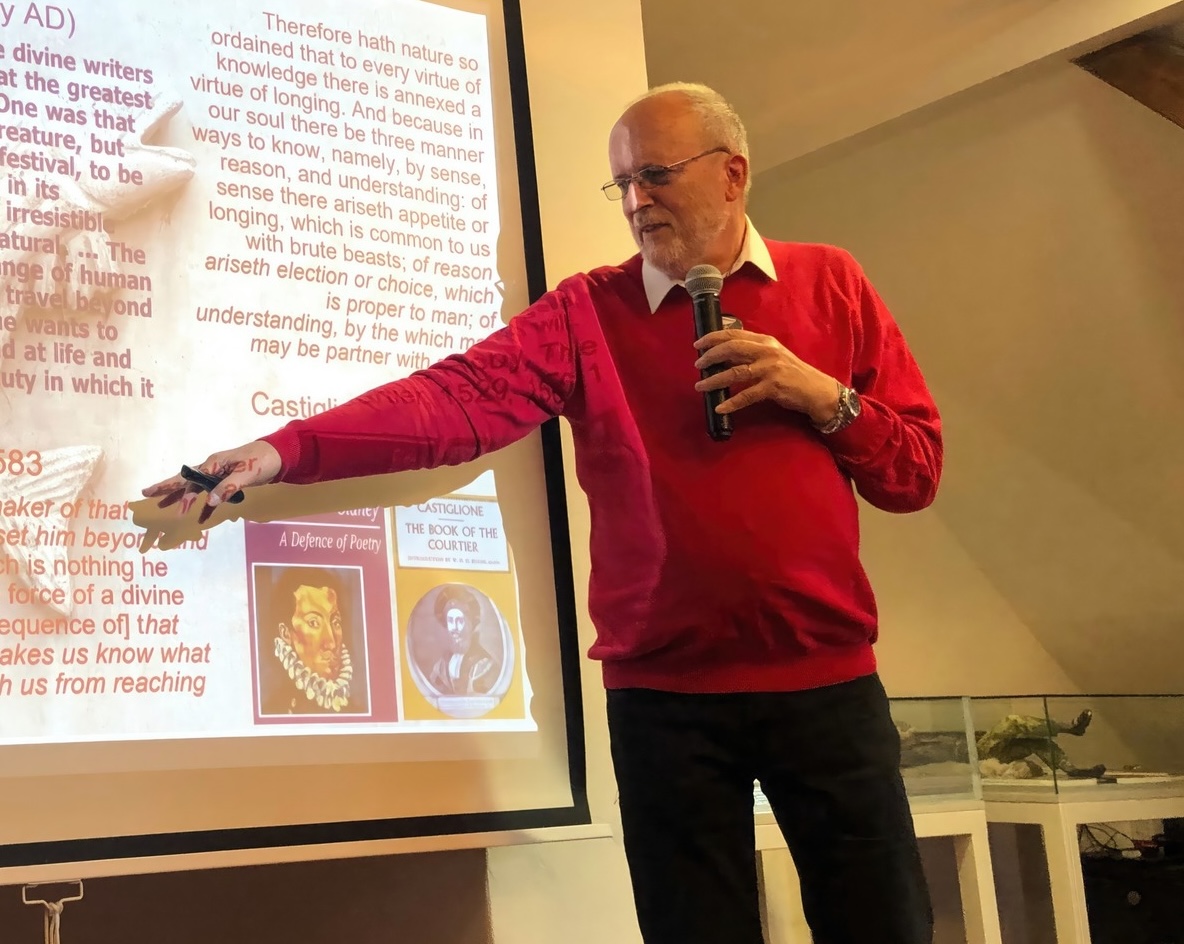Introducing Lectures III.: Mephistophilis and Faustus
October 6, 2024 at 12:52 am
Lecturer: prof. György E. SzönyiLecture Abstract:
Since the times of Antiquity, the perception of magic has had two angles: the benevolent white magic and the dangerous black magic. This typology strongly crystallized in the time of the Renaissance, when white magic became theorized by the Florentine Neoplatonists and later Cornelius Agrippa of Nettesheim. Parallel with this, the archetypal black magician has emerged with the powerful literary figure of Doctor Faustus, who had actual historical models in the background (also connected to the increasing early modern witch craze), eventually became overshadowed by the fictitious vendor of his own soul.
In this presentation I will concentrate on the origins of the Faust story as it emerged in Germany, soon followed by Christopher Marlowe in England who made it a huge theatrical success. In this context it is worth remembering that Queen Elizabeth's famous mathematician and magus John Dee has been considered as a historical model for both the white magician (Shakespeare's Prospero) and the black one (Marlowe's Faustus).
Time limits will allow just a glimpse at the later literary and artistic reception of the Faust story by Johann W. Goethe, Charles Gounod, Thomas Mann, István Szabó, Jan Švankmajer and others.

